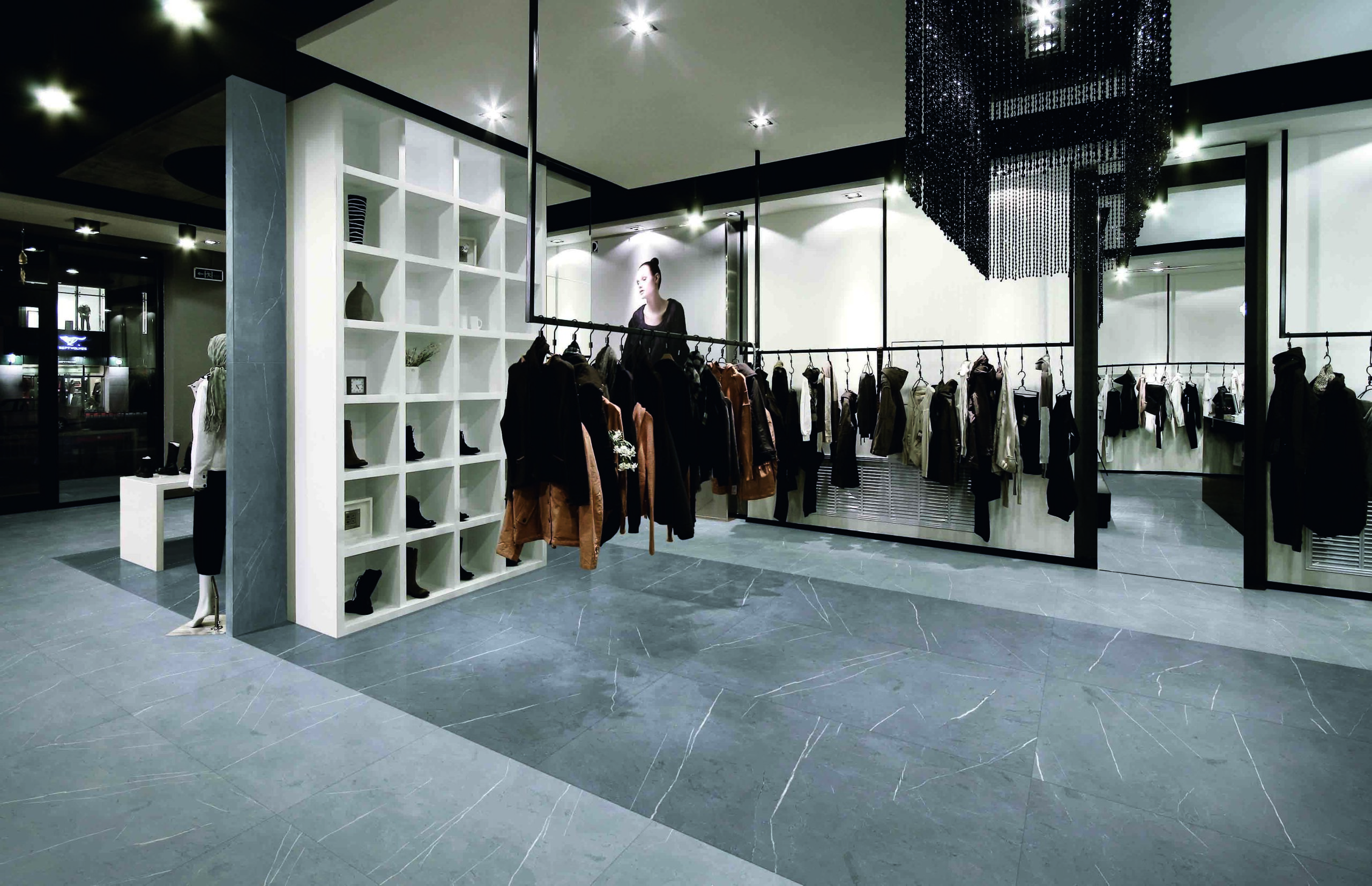Building Luxury: 5 Trends Shaping Modern Hotel Construction

The world of luxury hotel construction is evolving, driven by a demand for innovation, sustainability, and guest-centric experiences. Builders and developers prioritize thoughtful design choices that offer both opulence and functionality.
Central to these advancements is the role of hospitality project management, ensuring every aspect of the project aligns with the industry’s pursuit of perfection. Below, we explore five significant trends shaping modern hotel construction and redefining luxury.
Redefining Luxury with Eco-Friendly Practices
Luxury hotels are shifting toward eco-conscious designs by incorporating renewable energy systems, efficient waste management, and sustainable building materials. Features such as solar-powered lighting, efficient heating systems, and water conservation technologies now represent a modern standard of luxury.
This eco-centric approach balances environmental responsibility with guest comfort, creating a harmonious connection between luxury and sustainability.
Nature-Inspired Design
Modern construction incorporates elements of the natural world, creating a seamless connection between the built environment and nature. This can be seen in features like living walls, water-saving landscaping, and architecture that maximizes natural light, proving that sustainability and luxury are ideal partners.
Technology and Smart Features
The integration of smart technology is taking guest experiences to a new level. Features like keyless room access, voice-controlled amenities, and app-based management systems enhance convenience and provide guests with a sense of personalized luxury.
Smart systems are also being used to optimize energy usage, with real-time monitoring and adjustments that ensure efficiency without compromising comfort. These technologies demonstrate that luxury extends beyond aesthetics into functionality and intelligent design.
Preparing for the Future
Hotels are also being built with future technologies in mind. From incorporating advanced IT systems to supporting the latest in digital connectivity, hospitality construction is preparing to adapt to the evolving expectations of tech-savvy travelers.
Wellness-Centric Designs
Wellness is emerging as a central element of luxury hotel construction. This involves more than just building lavish spas or fitness centers; it’s about infusing wellness into every aspect of the space.
Hotels now prioritize designs that incorporate calming aesthetics, quality air systems, and spaces that promote relaxation. Outdoor meditation gardens, yoga terraces, and rooms that can be customized to fit wellness needs are becoming increasingly common.
Mental and Physical Well-being
The construction process includes considerations for guest mental and physical well-being. Design elements such as soundproofing, circadian lighting systems, and ergonomic furnishings ensure a balance between relaxation and rejuvenation, defining what luxury truly means for the modern traveler.
Coordination at the Heart of Success
Hospitality project management companies like The RPM Group play a vital role in the success of these luxury builds. From conception to completion, these professionals ensure that every aspect of construction is aligned with the project’s overarching vision. Their expertise ensures seamless collaboration between designers, architects, contractors, and hotel operators.
By efficiently managing timelines, budgets, and resources, project managers create an environment where innovation can thrive. They juggle sustainability goals, tech integration, and aesthetic demands with precision, laying the foundation for excellence.
Ensuring Guest-Centered Results
Hospitality project managers also play a pivotal role in ensuring the guest experience is front and center. Their oversight guarantees that guest-facing features meet both functional and luxury standards while associating the hotel with superior craftsmanship and attention to detail.
Indoor and Outdoor Harmony
Modern luxury hotels are increasingly designed to erase the boundary between indoor and outdoor spaces. This trend introduces features such as expansive terraces, panoramic windows, and open-air dining spaces that bridge the gap between nature and architecture.
Whether it’s integrating natural elements like greenery into lobbies or designing pools that flow seamlessly between inside and outside spaces, these features emphasize the luxury of openness and engagement with the surrounding environment.
Multi-Functional Outdoor Areas
Outdoor areas are no longer limited to recreation; they have become an extension of the indoor space. From lounges and event spaces to cozy firepit corners for stargazing, these areas enhance the guest experience while maintaining an air of exclusivity and luxury.
Building luxury in modern hotel construction is no small feat. From sustainable practices and smart technology to wellness-focused designs and indoor-outdoor harmony, the trends shaping this industry reflect a commitment to creating unique and memorable guest experiences.
The vital role of hospitality project management ensures that these projects are executed with precision, luxury, and innovation, resulting in spaces that set new benchmarks for excellence.
By combining contemporary guest expectations with thoughtful design and advanced technology, the art of building luxury continues to evolve, delivering unmatched experiences for travelers worldwide.





